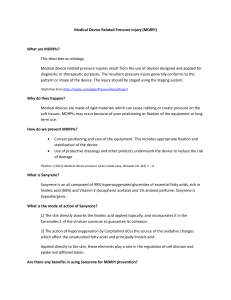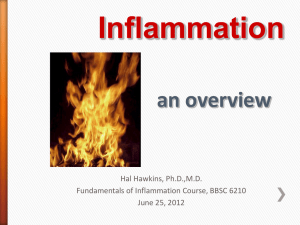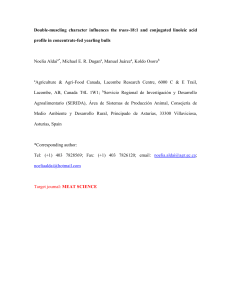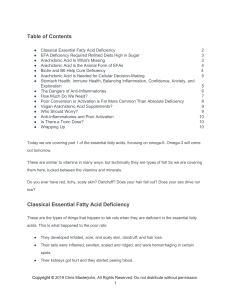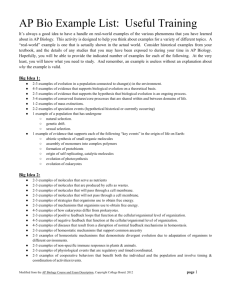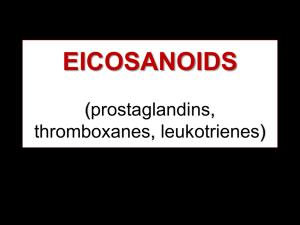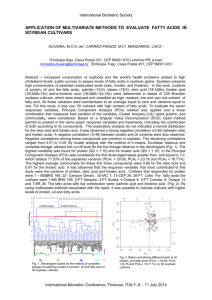experiments on the mechanism of formation of the fatty acid
advertisement
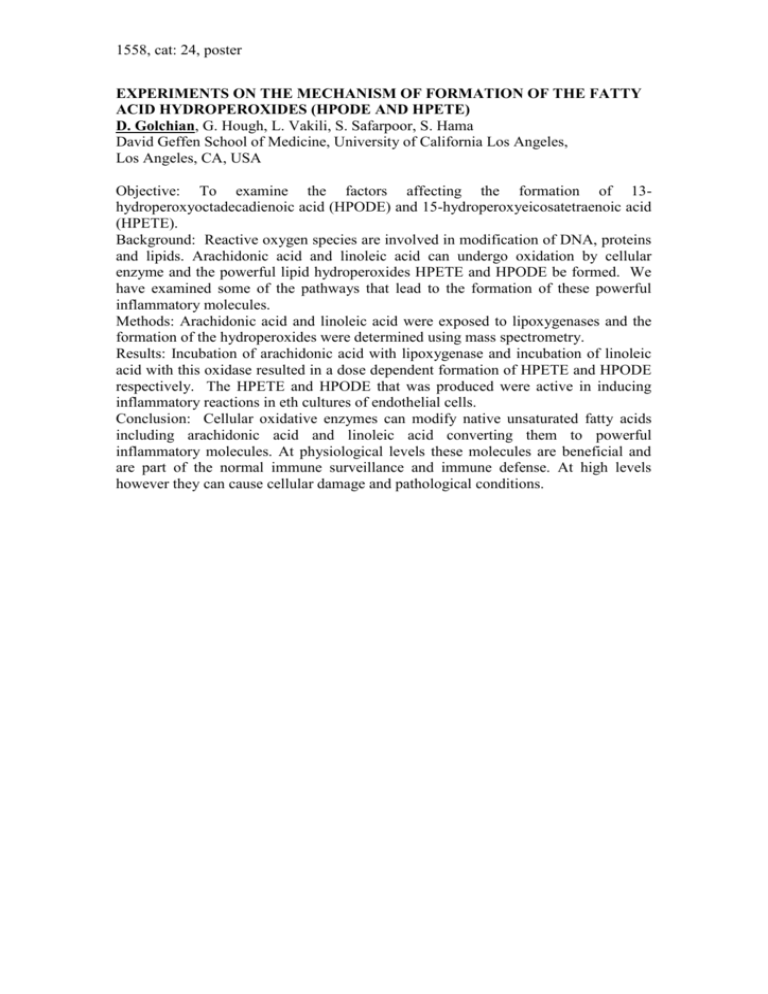
1558, cat: 24, poster EXPERIMENTS ON THE MECHANISM OF FORMATION OF THE FATTY ACID HYDROPEROXIDES (HPODE AND HPETE) D. Golchian, G. Hough, L. Vakili, S. Safarpoor, S. Hama David Geffen School of Medicine, University of California Los Angeles, Los Angeles, CA, USA Objective: To examine the factors affecting the formation of 13hydroperoxyoctadecadienoic acid (HPODE) and 15-hydroperoxyeicosatetraenoic acid (HPETE). Background: Reactive oxygen species are involved in modification of DNA, proteins and lipids. Arachidonic acid and linoleic acid can undergo oxidation by cellular enzyme and the powerful lipid hydroperoxides HPETE and HPODE be formed. We have examined some of the pathways that lead to the formation of these powerful inflammatory molecules. Methods: Arachidonic acid and linoleic acid were exposed to lipoxygenases and the formation of the hydroperoxides were determined using mass spectrometry. Results: Incubation of arachidonic acid with lipoxygenase and incubation of linoleic acid with this oxidase resulted in a dose dependent formation of HPETE and HPODE respectively. The HPETE and HPODE that was produced were active in inducing inflammatory reactions in eth cultures of endothelial cells. Conclusion: Cellular oxidative enzymes can modify native unsaturated fatty acids including arachidonic acid and linoleic acid converting them to powerful inflammatory molecules. At physiological levels these molecules are beneficial and are part of the normal immune surveillance and immune defense. At high levels however they can cause cellular damage and pathological conditions.
